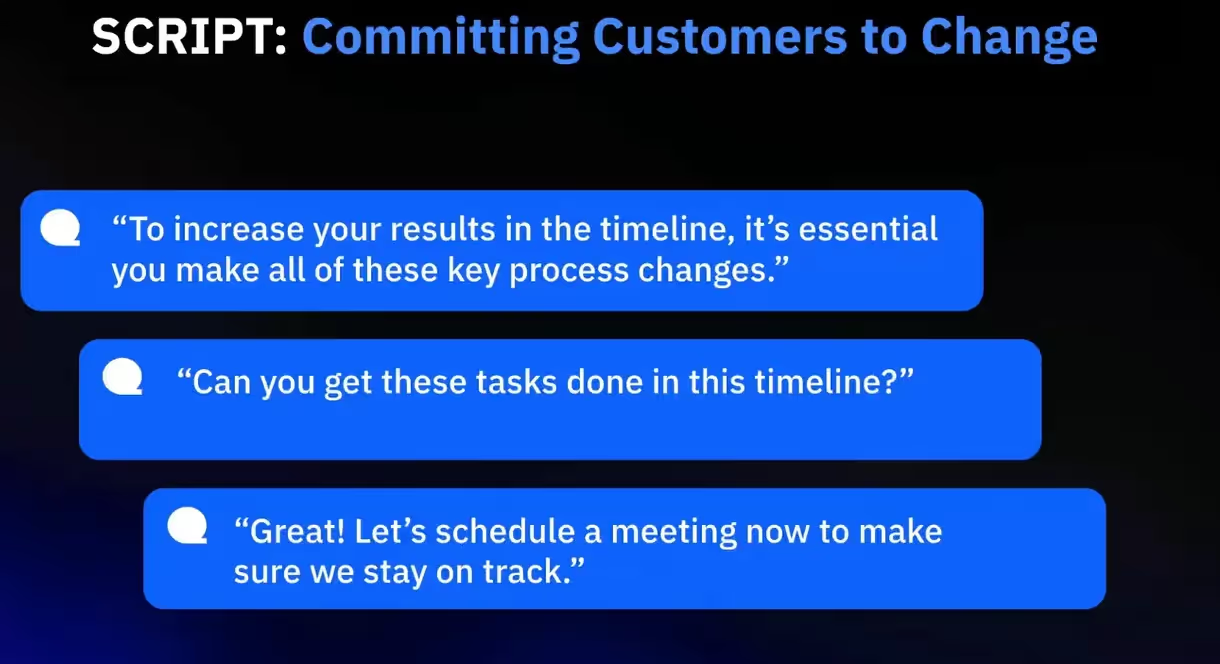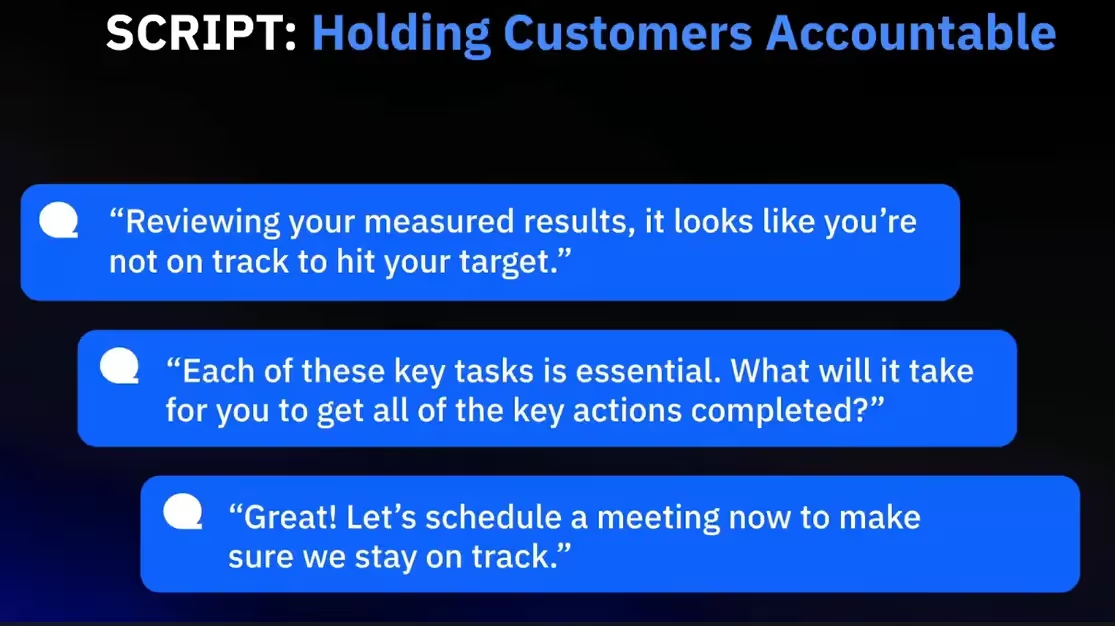The customer onboarding phase is critical—it can make or break your relationship with a client.
A smooth and efficient onboarding process means customers start seeing value quickly, which leads to better retention and satisfaction. However, one of the biggest challenges teams face is holding customers accountable for their end of the deal. All too often, a lack of accountability stalls customer onboarding and delays time to value.
So, how do you keep customers engaged and accountable during onboarding?
Here are five tried-and-tested practices recommended by experts and members of the Rocketlane Preflight community.
1. Use the kickoff to involve the executive leadership for internal accountability
Srikrishnan Ganesan, CEO of Rocketlane, emphasizes the importance of involving executive leadership from the start to align priorities across the entire team. Setting expectations at the kickoff meeting ensures that decision-makers are fully aware of their role in the customer onboarding process.
During the kickoff, ask the sponsor a direct question like, "What should we do if your team falls behind?" This opens the conversation about potential delays and creates a clear plan for addressing challenges as they arise. By engaging leadership early, you ensure that there’s buy-in from the top and that accountability is shared across the customer’s organization.
Srikrishnan explains that this level of accountability, especially with mid-market or enterprise customers, helps keep everyone on track: “It’s about the intensity and expectation setting. Do that right at kickoff, and you’ll have a much smoother onboarding process.”
2. Use a statement of work (SOW) to set expectations, timelines, and potential penalties
In a Rocketlane webinar, Greg Daines, founder, and CEO of ChurnRX, highlighted the importance of laying out the expected actions and commitment early: “Start by clearly defining the results that successful customers typically achieve. Then, outline the key actions they must take to reach those results.”
Sarah Still from the Preflight community shares, “We recently implemented the use of SOWs that clearly outline the timeline that the customer must sign with their contract. If they go over the allotted time, they get charged for additional onboarding services. We try to have sales set the expectation up front so that customers are ready to go when we kick off onboarding. So far, it has been working pretty well, and our onboarding projects have been much smoother!”
Incorporating clear timelines and potential fees into the SOW aligns customer expectations with your process. More importantly, it signals to the customer that your team’s time and availability come with a price.
3. Implement an "on hold" process to tackle ghosting customers
Even with the best efforts, customers can sometimes go quiet – whether due to internal challenges or forgetfulness
Brandon Goldman, a senior technical PM at Contentful, shares his approach: “We created an ‘on hold’ process to be firmer with customers who ghost us or become low-touch. We reach out twice before sending a third message, stating that if we don’t hear back by X date, we’ll put their project on hold and unassign their resource. When they’re ready to re-engage, we need five business days to assign a new resource. This process helps put some pressure on customers without being too firm, and we don’t extend engagements just because they’re on hold.”
This process adds urgency for customers while also protecting your team from overcommitting resources to unresponsive clients.
“We generally lean on our CSMs to help keep tabs on the customer and remind them of their PS. By working closely with CSMs, you ensure that customers are continually reminded of their next steps, even if they aren’t directly interacting with the onboarding team,” adds Brandon.
4. Script your talk tracks to secure and sustain customer commitment
A thoughtful script with the right prompts ensures that key conversations are approached with clarity and purpose. This script should address the expectations for success, outlining the specific actions customers need to take to reach their goals.
In the early stages, use a script to secure the customer’s commitment to the process. For example, include direct prompts like, “To achieve X, your team must complete Y by [specific deadline]. Are we aligned on this?” This creates a clear understanding of their role and makes them accountable for the necessary actions.

These scripts can also be essential during critical touchpoints, such as when issues arise or timelines slip. The right prompt can help raise challenges constructively: “I’ve noticed we’re behind schedule on [task]. Let’s discuss how we can get back on track and make sure we meet our targets.”

A prepared conversation outline for these moments enables you to steer the discussion toward solutions and reinforce their commitment.
5. Measure and share results—even if there isn’t much to show
It might seem counterintuitive, but tracking and sharing results, even when they aren't ideal, can motivate customers to take action. Transparency builds trust and accountability, which are essential for long-term success.
In addition, regularly revisiting progress helps you identify gaps and offers opportunities to re-engage customers before it’s too late.
Greg emphasizes the importance of consistently measuring and sharing outcomes with customers. He explains, “Regularly measure results and share them with your customers. If they’re not on track, have an honest conversation about what went wrong and how you can help them course-correct”.
Greg also suggests setting up dashboards and tracking key metrics from the beginning of the implementation process. This approach demonstrates your commitment to delivering results and keeps the sponsor engaged, even if the data isn't unavailable.
By continuously monitoring progress, you create accountability and ensure that you and your customer stay aligned on the path to success.
Wrapping up
Keeping customers accountable and holding up their end of the deal can be challenging. But the key is to be prepared for the hard things—and to get better at doing them consistently.
You might also like:
Why customers ghost you and how to avoid it
Signs that your customer onboarding process needs an overhaul
How to reduce TTV and build paths to client success
Managing customer expectations and escalations
{{demo}}






















.webp)